So, you want to create a character in your D&D world? Well, you’ve come to the right place! I can tell you all about it. The thing is: folks either love or hate character creation. There’s no way around it, and no in-between. But good news! Our job is to help make it as enjoyable and simple for you as possible. So get comfortable, grab some LEGO minifigures to tinker with, and let me take you through the finer details behind the choices you can make, so that you can create a Player Character (PC) with confidence. And maybe avoid a few clichés while you’re at it.
For this guide, we will set our character creation in a prehistoric fantasy world (as laid out in this blog), specifically in our quaint template town of Mammoth’s Rest. Many of the choices that we will make when creating our characters will directly reflect the world that they live in.
How to Create a Compelling Player Character in D&D or Homebrew Tabletop?
Character creation in D&D may seem daunting, especially if you want to homebrew everything, but it’s actually one of the easiest parts… if you know what to look out for!
You will likely have a concept in mind immediately; maybe there is a character from a show you like that you want to have a go at playing in-game? Maybe you want to build a character around all the parts of yourself that you don’t get to explore in real life? Either and any other option is absolutely fine, but make sure they fit the world at hand.
This next section has little to do with actual numbers that you will be putting in your character sheet, as that is pretty simple, and more about how to create an engaging character and sticking to them as the game progresses.
I. Physicality in Character Creation
So, let’s say we are starting a campaign in our prehistoric world and starting off in Mammoth’s Rest. For the sake of this example, since we are interested in retaining at least some basis in reality, we are only considering one race: humans. Typically, one of the first steps in DnD or homebrew tabletop character creation is choosing the race of your character. Not this time! The limitation built into this particular game world gives you the benefit of simplification.
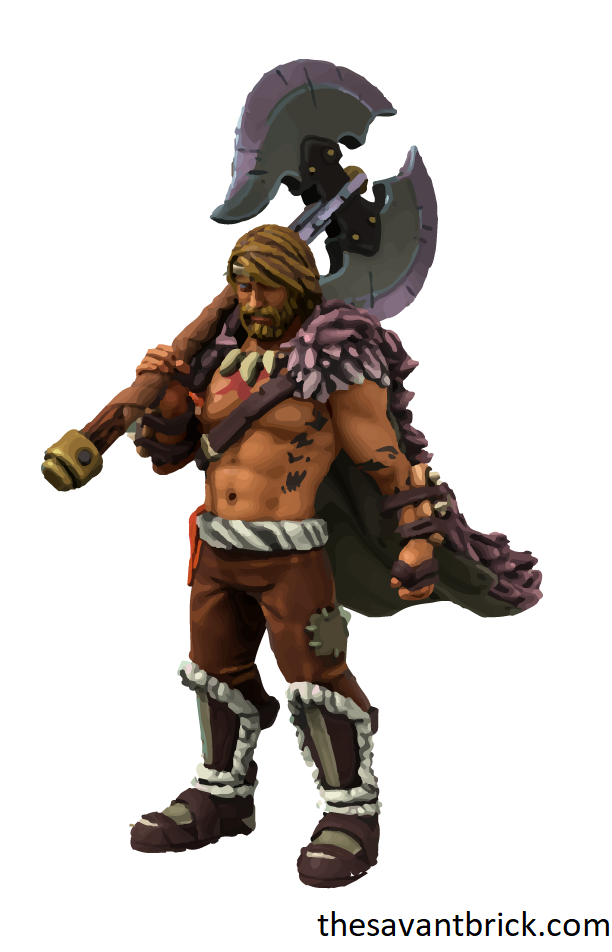
Now, things like gender should not matter as much as your character’s goals, ideals, and such. A character’s gender can help establish a relatable role, but it is not a personality trait in itself. So yeah, you can have a “manly man’s man” superhero character, but despite what some other guys may tell you, that is often not quite substantial enough for further development down the road. And we’re talking about building a world here… you know, having some fun tying things together beyond the character. That involves simplification with room for depth later on.
So, in our example, if you want to drift from whatever historical accuracy you are accustomed to regarding men’s and women’s jobs as prehistoric hunter-gatherers, go ahead. Just as long as you have a reason for your world to operate that way, i.e. a “world logic”, a way to tie things together.
Remember, we’re building a world, and that involves layers that build off of each other. Another way to think about it is this: every line of (often invisible) computer code functions to make the whole machine operational; and so should each component of your world, even if those components are not on display to your players. And that is another reason to start small, start simple!
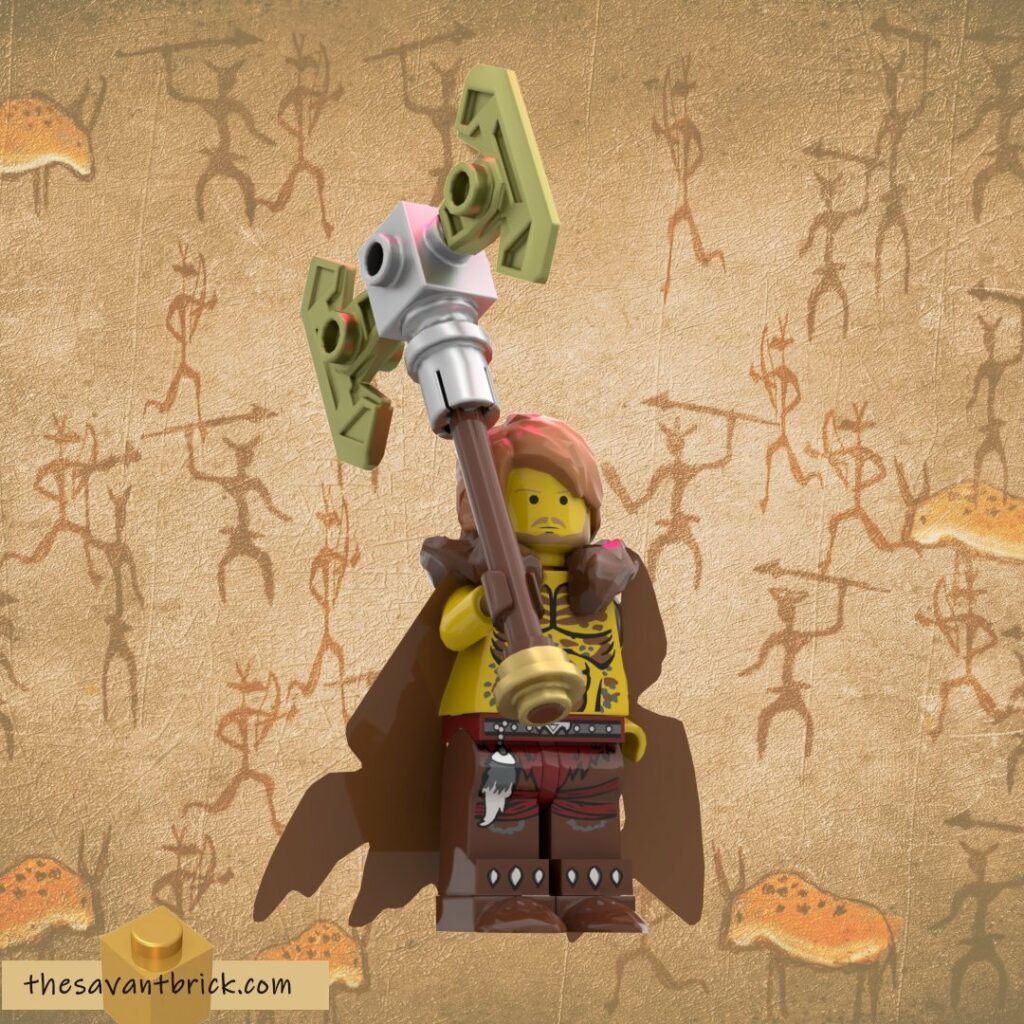
Physicality matters. If you want to play a fighter or barbarian, they need strength, and this should be reflected in how they look. Just because it is a fantasy world does not mean that anything goes. Create – and then stick to – the logical consistency of your world.
Brainstorm with Your Other Players
If you are planning to play a micro-RPG rather than an extended game of multiple sessions (a campaign), you likely won’t need a separate game session for making up your characters. But if you are a DM in it for the long-haul, set aside one of your introductory TTRPG sessions entirely devoted to getting all your players together in one place at the same time, exclusively for the purpose of character creation.
Sure, you could let everyone go off on their own and develop their alter egos separately… But that is a missed opportunity. This step in the tabletop worldbuilding process works best when your group is able to bounce ideas around in real time. Character flaws – intentional or unintentional – as well as flaws in your idea can be addressed early and quickly, instead of making the discovery later after spending too much brickin’ time on the character.
Spare yourself the hassle and soul-crushing heart-ache. Set yourself up to have fun the entire way.
Want inspiration for what your buildable LEGO figure can look like?
For a plethora of personally-built and photographed LEGO figures, check out Piotr | Habit of Bricking @piotr.bricks on Instagram.
Another benefit to brainstorming your characters together as a group is coherence.
Needless repetition of character types can be avoided and more variety and balance among your players can be developed right away. Otherwise, what fun is it to later find that everyone has created an angsty superhero? Or that everyone has created characters with the same skillsets? In those unfortunate cases, your PC group (aka “party”) will be repetitive and limited in terms of roles that can be filled.
One last note on brainstorming your character. Do not fall for the temptation to nail down every single little aspect, facet, and backstory about a character.
If you are leading a group of players and you start to notice folks getting lost in the weeds, rein everyone in if necessary. Say: “Joe, cut it out! Do we really need to know that? Why is that important?”
Leave some room for revelation and spontaneity about your character during the actual game you are preparing and generating for.
Once you have a good grasp of your character, boil everything down to a few sentences. And BREATHE. You should not have to take more than a breath or two to explain your entire character to your group. So make your character description short, simple, and memorable – it should not be a recitation of an entire history of intrigue and drama.
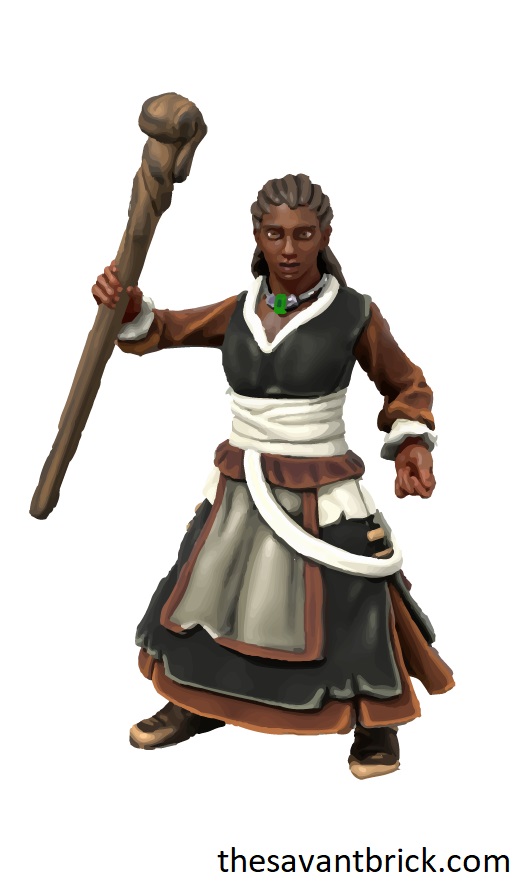
Define Your Character Concept and Role
Now, things like your character’s age may play a strong part in why your character sets out and how they handle themselves while adventuring. Have they left the settlement in search of glory because they wish to prove themselves to their family? Or are they aging and do not have long left in this world; thus, they want to get one more ‘huzzah’ in before they are surely claimed by the next winter?
Players should cover these basic concepts during character generation. But, only focus on bare-minimum information that helps explain how the character arrived at the beginning of their story and why they are motivated to continue in the story. This sets up the role that will be played. Additional character detail and nuance can come later, preferably during play.
Should You Use Tropes for Character Creation?
In order to keep things simple, it can be helpful to stick to an archetype or trope. Descriptors like the following can go a long way in giving you a well-recognized and uncomplicated starting point:
- Devil-may-care hero
- Thief with a heart of gold
- Wise sage
- Peevish underdog jokester
- Conquistador-adventurer seeking colonization of a new world
The more archetypical you go, the more obvious your role in a party will be, which can be helpful for keeping things simple early on. A wise sage is likely a mage of some kind and therefore will cast spells. An impulsive young hero will likely lead a party but also make mistakes, at which point the PC party will have to aid him (…a gameplay “scene” has just been born!).
Overall though, if you want to start with a more amorphous role, stay away from heavy reliance on tropes.
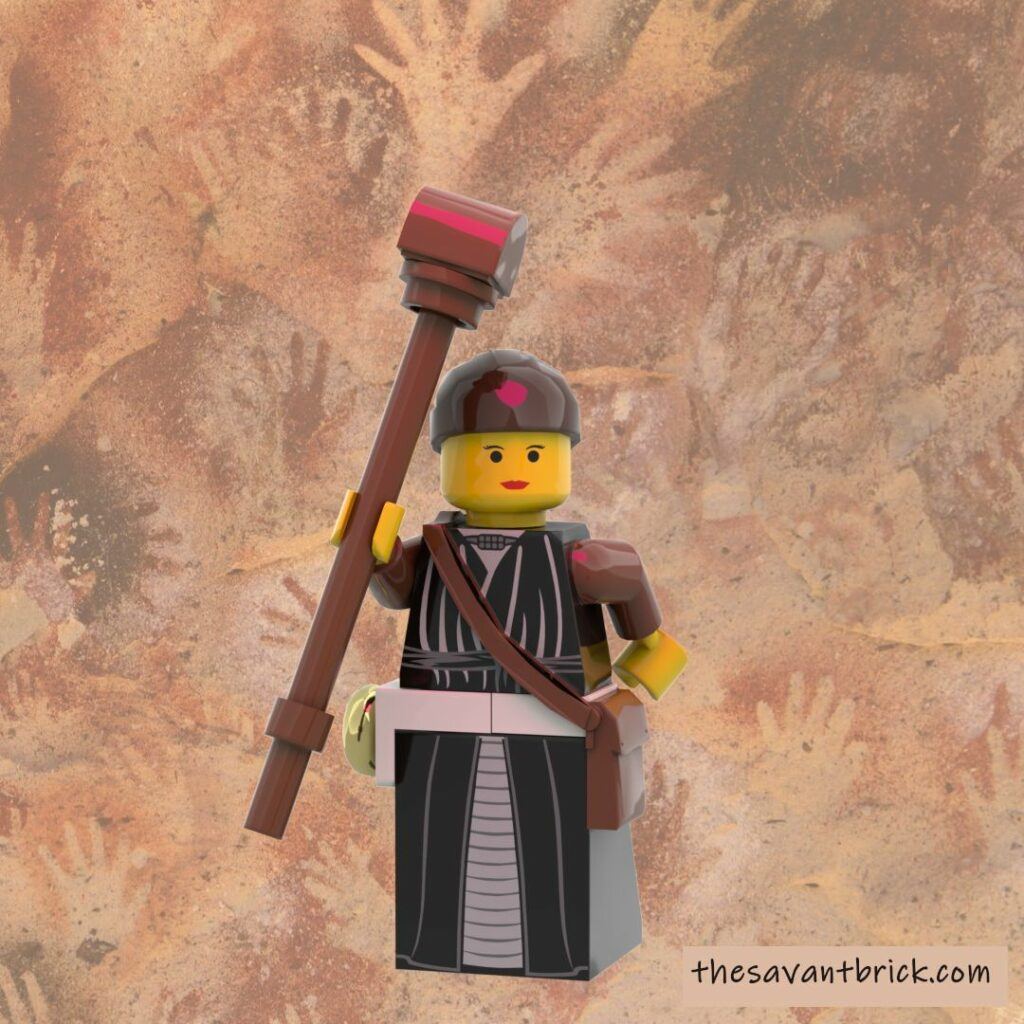
Physicality: Build Your Character Physically!
I hardly need mention the glories that can result in cultivating a LEGO collection for tabletop role playing use. But still, let’s make mention of it and make sure we’re not forgetting our favorite building bricks, good reader.
For those who are unaware, LEGO has produced a nearly innumerable number of minifigure heads, torsos, legs, and accessories that can be used to perfectly craft your character in their ideal appearance. This can be used as a quick visual reference, allowing you to remind yourself of your character’s background and personality, or even for recording visual changes that occur as the story progresses.
Related:
Get started materializing your character in LEGO form! Check out the blog on top places to get custom LEGO accessories and minifigures.
Want to start thinking about how color can affect the presentation of your adventure or characters? Read some of the BrickManiac’s Color Theory, using LEGO.
Character sketches typically contain all the background information about personality and goals, friends, family, and nemeses, physical attributes, etcetera etcetera. But remember: our approach is to leave as much to the imagination as we can reasonably get away with. So it can be helpful to have some of these things defined and written down (see Knife Theory below), and helpful for communicating to your GM (“game master” aka “dungeon master”). Otherwise though, don’t get bogged down with detail no one will know or care about!
If you’d like to get a feel for character sketching, you can download free character sheets from the DnD website, and fill them out with your own data.
If you have the LEGO available, character generation can be a lot more spontaneously fun, visual, and hands-on interactive when compared to only relying on character sketches.
II. Class, Statistics, and Personality
The character’s class and stats should fit the backstory, or the backstory should be written with the class in mind. If they are a barbarian, but they spent their entire youth reading books, never having left their chamber, it is hard to believe that they would have much physical strength. So a class that requires the highest strength stat is likely to make a bad fit.
Let’s say our player character is a prodigious warrior child of a clan chief, who was rigorously trained from birth, and, due to these things, has poor social skills. This is reflected in the character having a high “strength” score, but a low “charisma” score.
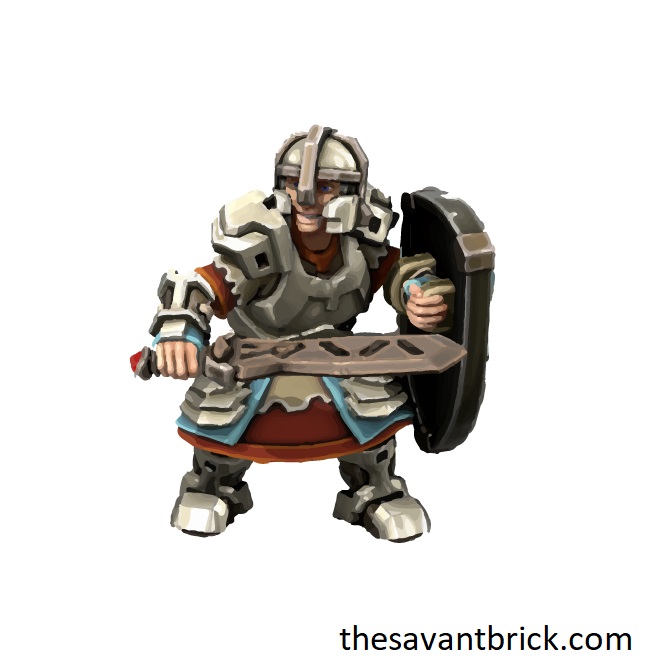
Leading on from this, the warrior child may realize that he or she needs to prove they can become a good leader to take over as chief, thus, they leave the village to start their story. You have something they are good at which matches their class, you have something they’re poor at which provides a flaw.
But, let’s jump further into that personality.
How Character Class and Stats Influence Personality
Let’s think through this example character together.
So this barbarian has poor social skills but must become the leader of his or her people. As everyone in their tribe treated them with reverence, purely due to their lineage, they do not know how to handle rejection or failure.
In regards to their ideals, maybe they believe that the strong have the right to rule over the weak, but the weak must be protected. They possess a somewhat symbiotic relationship. This can be adjusted through the campaign, with the warrior realizing that a person’s inherent worth is not tied to their physical strength, and that strength can come from places other than just brute muscles.
The character’s goals can align with the party’s straight away, or be much more selfish. Maybe defeating the powerful bad guy seems like a grand display of strength that will solidify their rule. Maybe they just want money and renown and don’t actually care about anything else. Maybe they are actually a villain. This is where inherent conflicts can arise. This all elevates the character to become more than “me hit thing until thing dead.”
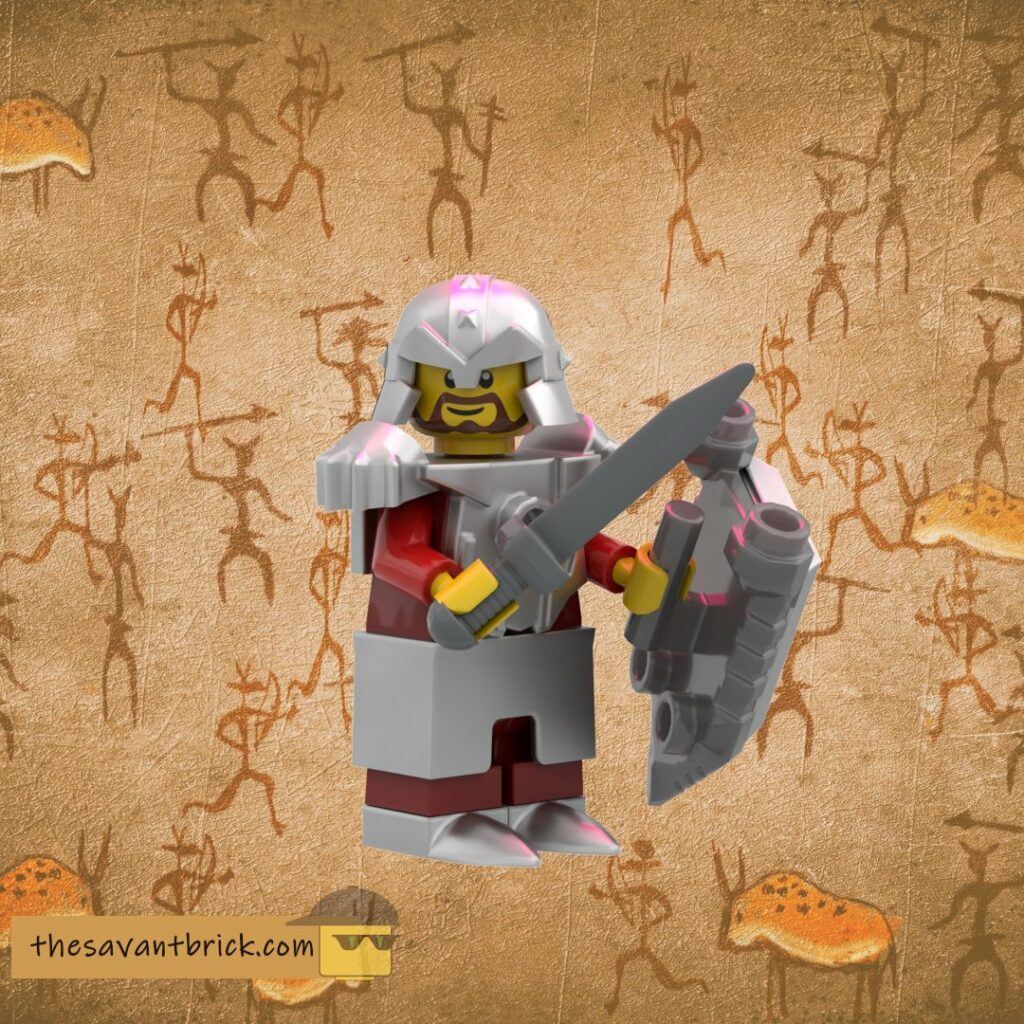
III. Knife Theory in Character Creation
This concept is something you may have come across while researching D&D character creation, so let’s address it here. Knife Theory refers to the player providing the game master with a number of “knives” that the GM may use at their discretion.
Knives are things the GM can use to raise the stakes of a situation, and make it more personal. Your character is irrationally fearful of frogs? The GM knows this and sets a trap that is frog-based. Does your character have a named family member that they care about? Oh no, they’ve been kidnapped by a villain. Think of it as secret knowledge that’s only known by you and your GM. It adds some sauce to the meat of the game’s story and makes the whole thing more engaging.
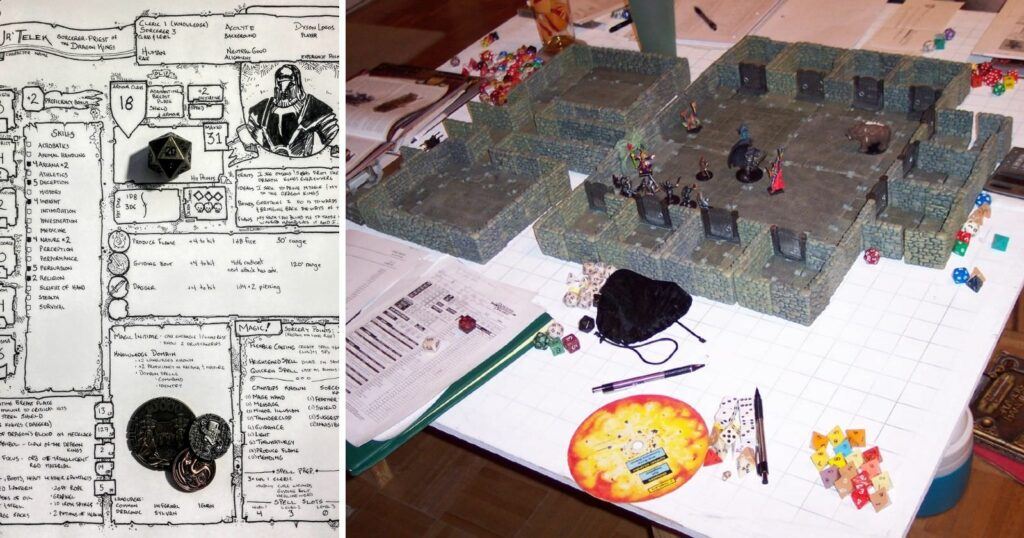
To help make your character even more engaging, create some ‘knives’ for them. Remember, these don’t have to be “cool” or even things that you like. It’s preferable if they are relatable and somewhat commonplace, mundane. Around 7 to 12 knives are ideal, and they should be something that your character cannot just say “I don’t care,” when faced with it.
So there you have it! You don’t have to defer to your characters becoming the anime-esque ‘angsty-guy-with-big-sword’ any longer. With all this knowledge in mind, you should be able to create a character with a rich but simple foundation of backstory that directly affects what kind of person they are during gameplay, while also allowing the adventure/campaign they are part of to directly affect who they become. This, my friends, is engaging character writing.
Want More?
If this article strikes your fancy, check out some other posts to get more ideas for drumming up your very own adventure:
Getting Starting with Some Basic Materials for Your LEGO TTRPG
Highlighting Games to Adapt for Your Needs, and Your LEGO
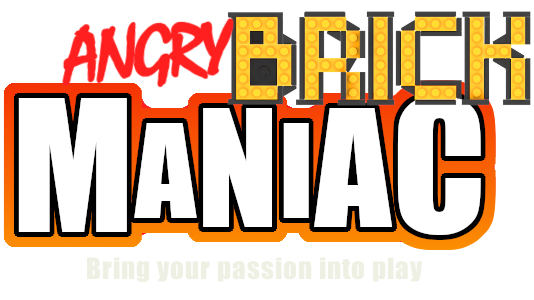
Interesting ideas for conceptualizing, I’ve never gone this in-depth. But the idea of literally building a campaign out of Lego has crossed my mind in the past. And I may actually have enough Lego to make a ttrpg with. Though personally I’m a player at heart, not a DM.
Hey yeah – use what you got, experiment with your Lego collection, have fun. Don’t get bogged down in the details too early, maybe even dream up an entirely private campaign, plan it out for yourself, and consider if it’s something you’d actually want to play yourself. Then gather some friends to join you in playing. Even if you’re not the DM, you can make lots of good contributions to the game if you know the basics of what it takes. Thanks for reading!